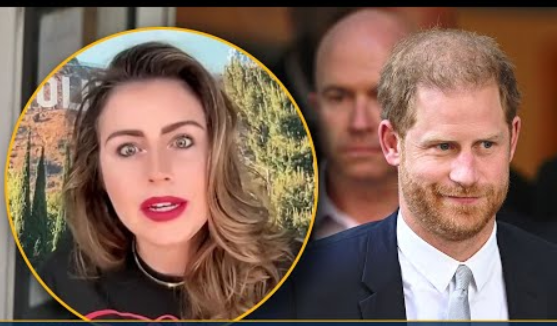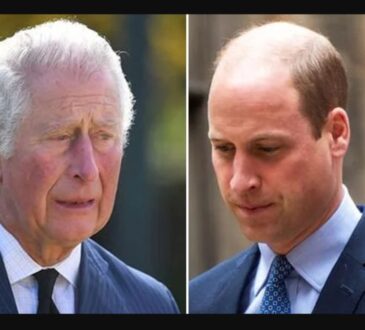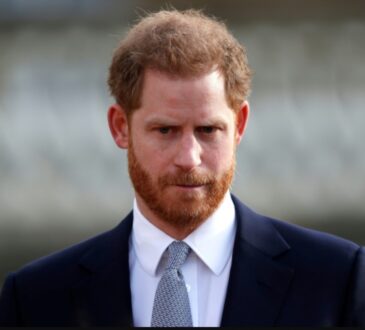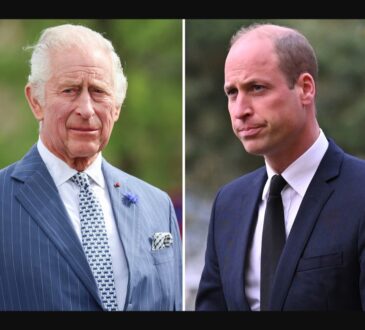Watch: Royal Expert Kinsey Schofield Questions Prince Harry’s Lack of Evidence in Court Appearance

In a recent interview, American correspondent and renowned royal expert, Kinsey Schofield, shared her analysis of Prince Harry’s two-day appearance in court. The Duke of Sussex’s lawsuit against the Mirror Group newspaper company, alleging the acquisition of around 40 stories through illegal means, has been a topic of interest.
Schofield pointed out the peculiar nature of Prince Harry’s courtroom statements. When questioned about the presence of evidence to support his claims, the prince openly admitted to lacking any substantial proof. This revelation has raised eyebrows and left many puzzled about the basis of his legal action.
According to Schofield, Prince Harry’s objective in pursuing the case may be an attempt to transform the media landscape. However, she expressed concern that his approach might expose his vulnerabilities and invite continuous criticism. The royal family’s counsel, advising against such legal battles to avoid reopening old wounds, has gained further significance.
Critics argue that Prince Harry’s focus on past grievances seems to overshadow his current situation. Despite relocating to California and enjoying a luxurious lifestyle, he continues to dwell on negative experiences. Schofield questioned why he couldn’t embrace gratitude for his current circumstances and move forward.
The courtroom proceedings took an unexpected turn when Prince Harry admitted to lacking physical evidence for his accusations. This admission seemed out of place in a legal setting, where evidence is vital for substantiating claims. Schofield likened the situation to a podcast interview or a casual conversation, rather than a formal court appearance.
While the outcome of the case remains uncertain, Schofield emphasized the significance of evidence in legal matters. Prince Harry’s lack thereof weakens his position and raises doubts about the validity of his claims. Schofield also questioned the credibility of his testimony regarding a supposed tracking device in his girlfriend’s car, which he failed to produce or provide additional proof for.



